Learning all the different plural noun rules can be confusing for kids. There are a lot of rules to remember, and some irregular plural nouns don’t follow the rules at all. In this post, I’ll share the plural noun rules to teach in second grade that your students will use most often.

Second graders usually learn a basic understanding of plural nouns in first grade, but it’s unlikely that they know the irregular plural noun rules just yet.
Before I get into the 8 main rules for plural nouns we teach in second grade, and how to teach them, let’s start with the basics.
What are plural nouns?
Plural nouns are words that mean there is more than one of a noun. When teach plural nouns, we can categorize them into two main groups: regular plurals and irregular plurals.
Regular plural nouns become plural by adding -s or –es at the end of the word. For example, the word cat is singular, but if we add an -s to the end it becomes plural. One cat, two cats.
How do you identify a plural noun?
Since plural nouns are used when there is more than one of a person, place, or thing, they can be identified by using context in speech and reading.
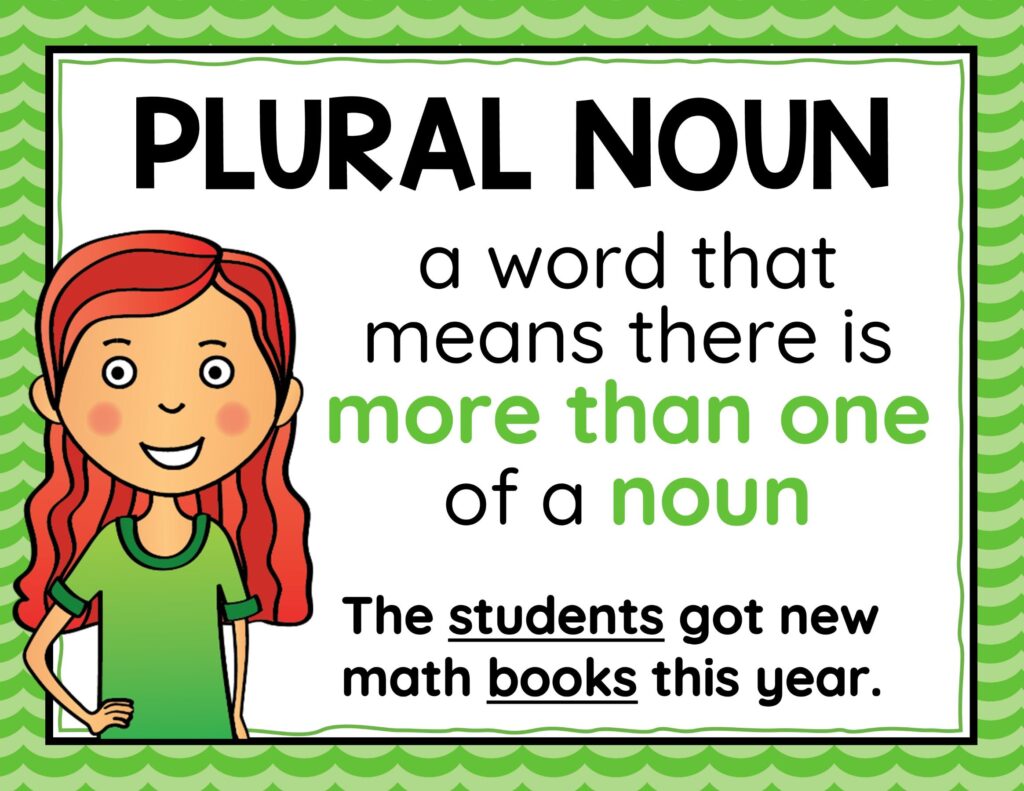
Many plural nouns are easily identified because they end in the letter -s or -es. However, to correctly form other plural nouns students will need to know a few rules.
What grade are plurals taught?
Plural nouns are typically introduced in kindergarten and first grade. In second grade, students build on that knowledge and expand their understanding and use of plural nouns. By the end of second grade, students should be able to correctly read and write most plural nouns.
Take a baseline of your students’ grammar skills with a free tool I created. This Free Grammar Assessment Toolkit assesses all second grade grammar and language standards at key points in the year. Use it to take an inventory of your students’ grammar knowledge, including plural nouns, at the beginning, middle, and end of the year.
What are the key plural noun rules?
1. Add -s
Most regular nouns can be made plural by adding an -s to the end of the word. For example, the word girl would become girls in its plural tense.
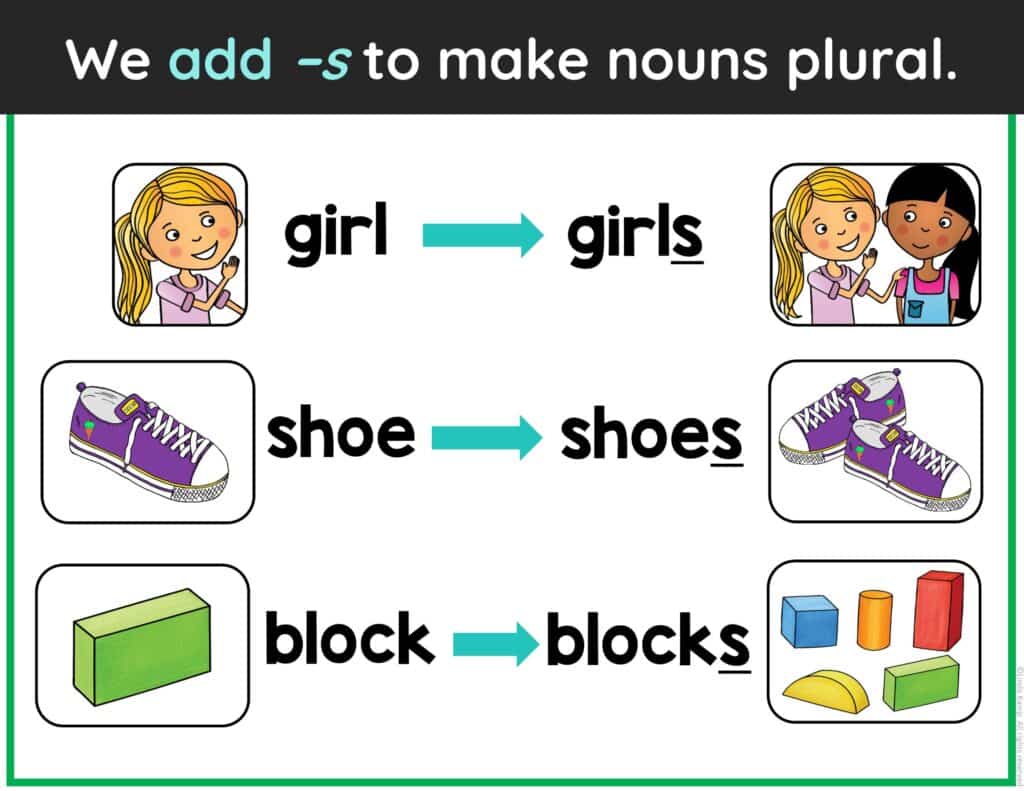
2. Add -es
If a singular noun ends in s, x, z, ch, or sh, we add -es to the end of the word to make it plural. For example, the word beach becomes beaches, dress becomes dresses, and box becomes boxes.
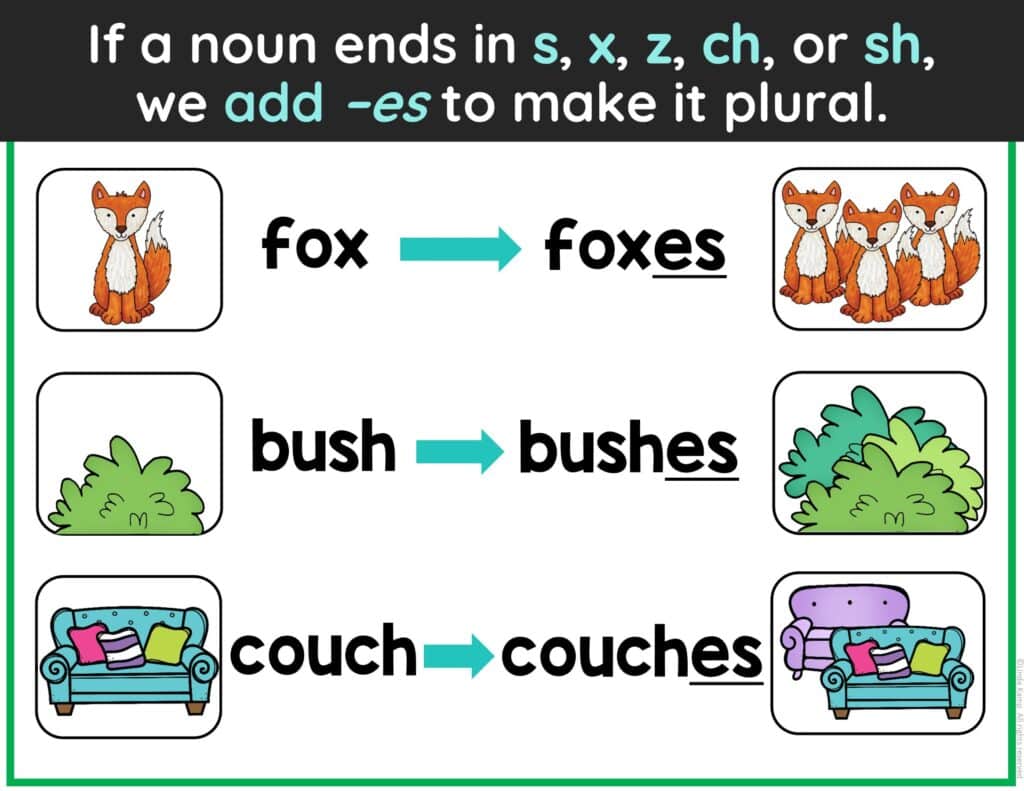
3. Change y to i
When a word ends in a consonant followed by the letter y, change the y to i and add -es to make it plural. For instance, the word candy becomes candies and the word family becomes families.
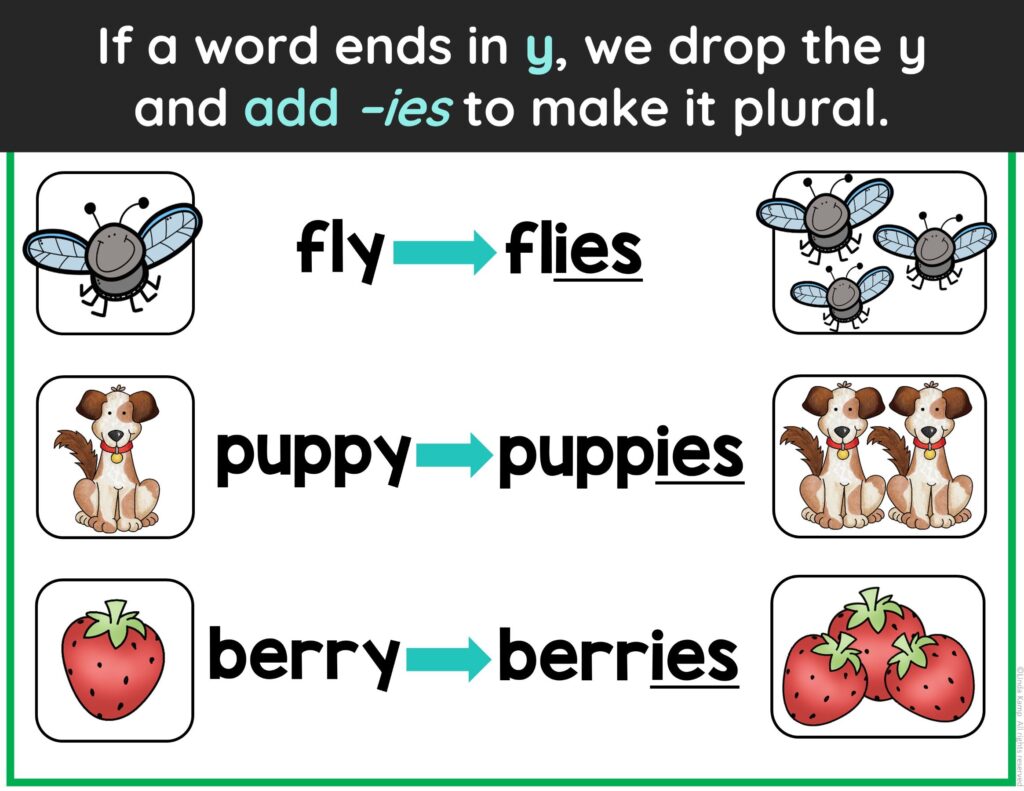
4. Change -us to i
If the singular word ends with with -us, change the -us to i to make it plural. The word cactus ia an example. Cactus ends with -us so the plural of cactus is cacti. More examples include: alumnus and nucleaus. Their plurals are alumni and nuclei.

5. Change f to v
If a word ends in f or fe, change the f or fe to a v and add -es to make it plural. For example, knife becomes knives and leaf becomes leaves.
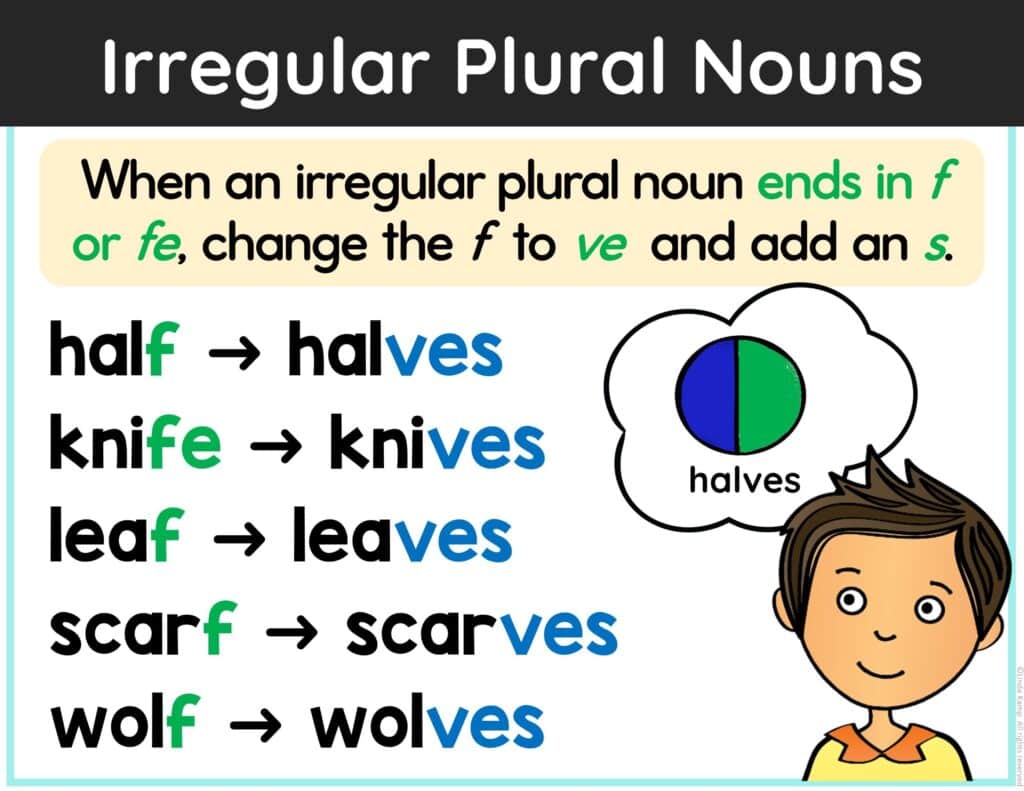
6. Add -es to consonant + o endings
Most of the time when the singular word ends in a consonant followed by the letter o, we add -es to make the word plural. For instance, potato becomes potatoes.
However, there are a few exceptions to this rule. The words photo, piano, and halo just need an -s added to become plural. So, photo becomes photos, piano becomes pianos, and halo becomes halos.
7. Change the spelling of the singular noun
Some irregular plural nouns become plural by changing the spelling of the singular noun in different ways. For the most part, these types of plural nouns just need to be memorized since they don’t fit into a category or follow a particular rule.
For example, the word man becomes men, the word mouse becomes mice, and the word person becomes people.

8. Don’t change anything
Several irregular plural nouns are irregular because they don’t change at all in their plural form. The singular and plural forms of these words are the same. Fish, deer, sheep, and shrimp are all examples of this type of irregular plural noun.

How do you teach plural rules?
I introduce plural nouns and all the rules with interactive teaching slides, parts of speech videos, and grammar read alouds. Here are more engaging activities to do with your students:
Build Words to Practice the Rules
Help students apply the noun rules by building words using manipulative letter tiles. Practice spelling words and adding the correct endings or making letter changes to spell plural nouns.
Learn how to make your own magnetic letter tiles with my free phonics pattern letter cards. If you don’t already have them in your classroom, pop in your non-school email address below and I’ll send them your way!
Watch a Plural Nouns Video
This BrainPop Jr. video gives a good introduction to plural nouns for second graders:
Plural Noun Rules Read Alouds
Plural Noun Read Aloud Books
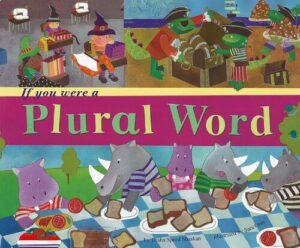
If You Were a Plural Word

One Foot, Two Feet
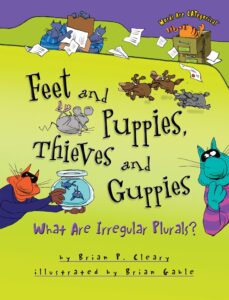
Feet and Puppies, Thieves and Guppies: What are Irregular Plurals?
Plural Noun Lesson Plans
Save precious planning time by using these no-prep, easy to implement Plural Nouns grammar unit and Irregular Plural Nouns grammar unit. Each unit resource contains everything you need to teach, practice, and assess your students, plus a weekly grammar routine designed to take 15 minutes or less each day.
Each grammar unit includes:
- A full week of lesson plans
- Interactive teaching PowerPoints
- Practice game slides
- Practice worksheets
- Task card centers
- Reading passages
- Grammar posters
- Assessments
Get 2nd grade teaching units for each grammar and language standard. These units are available separately and in a yearlong, money-saving grammar bundle.
Pin this post to come back to later when you teach plural noun rules!
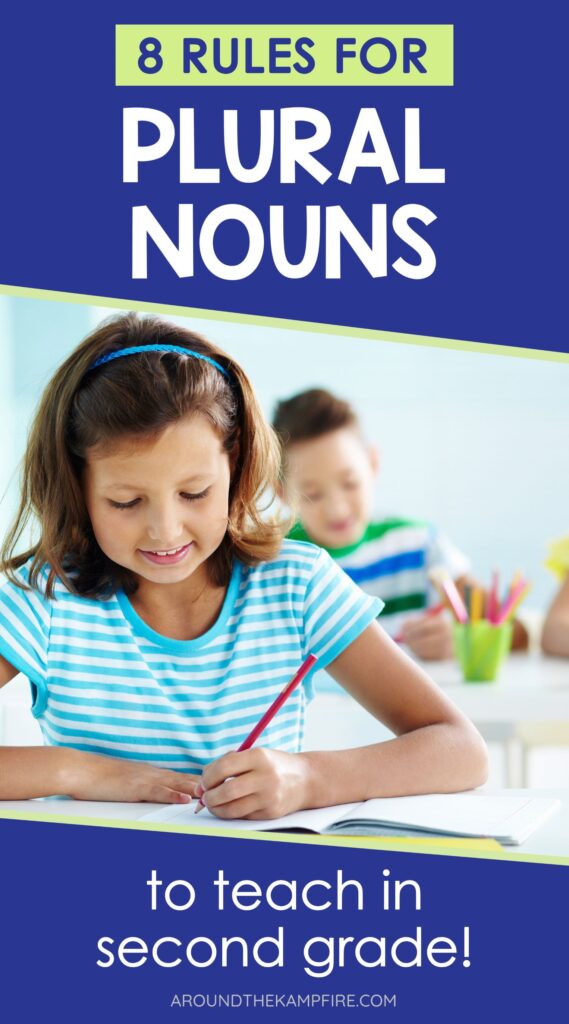
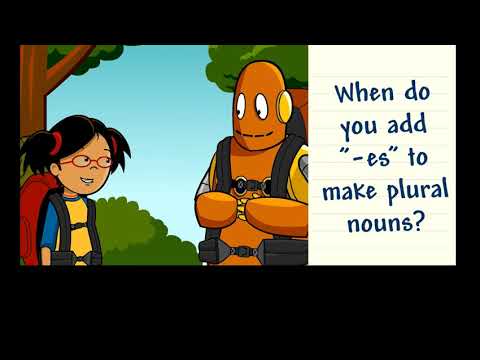

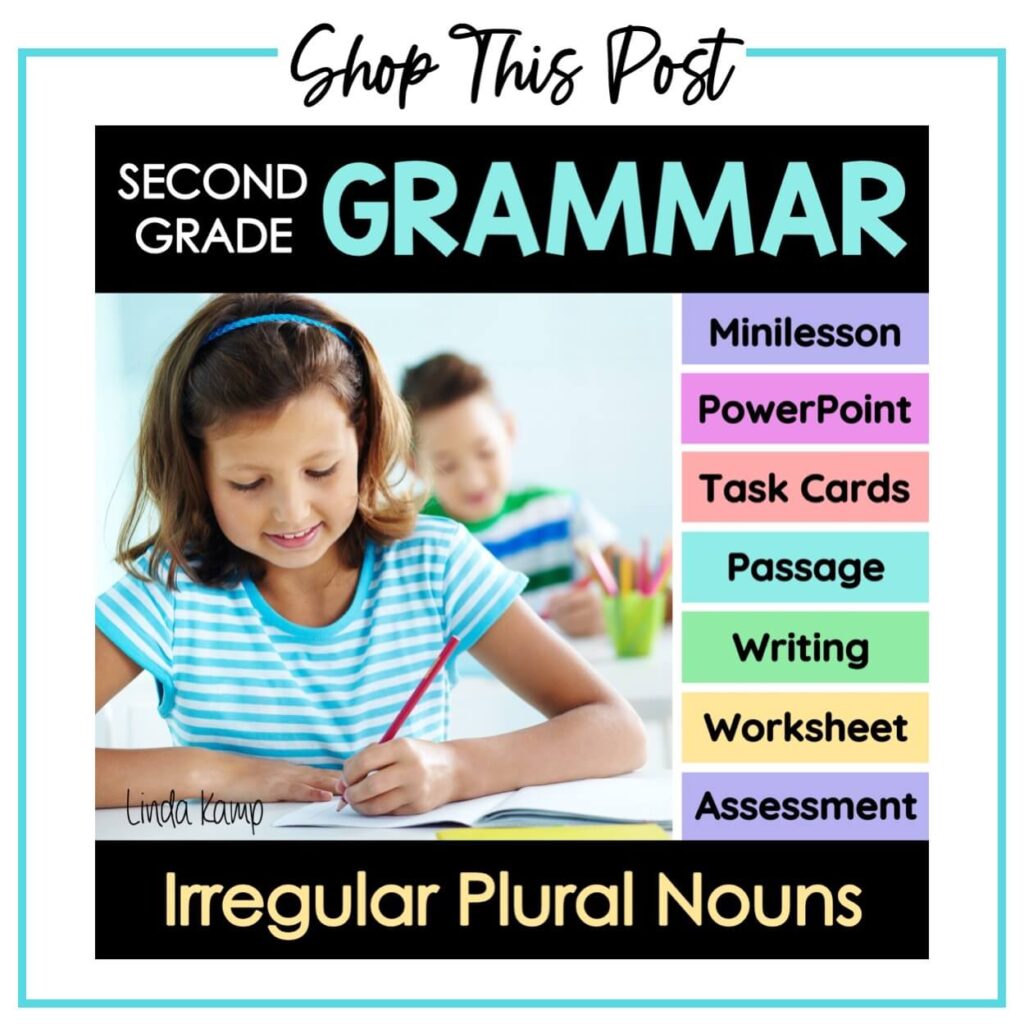


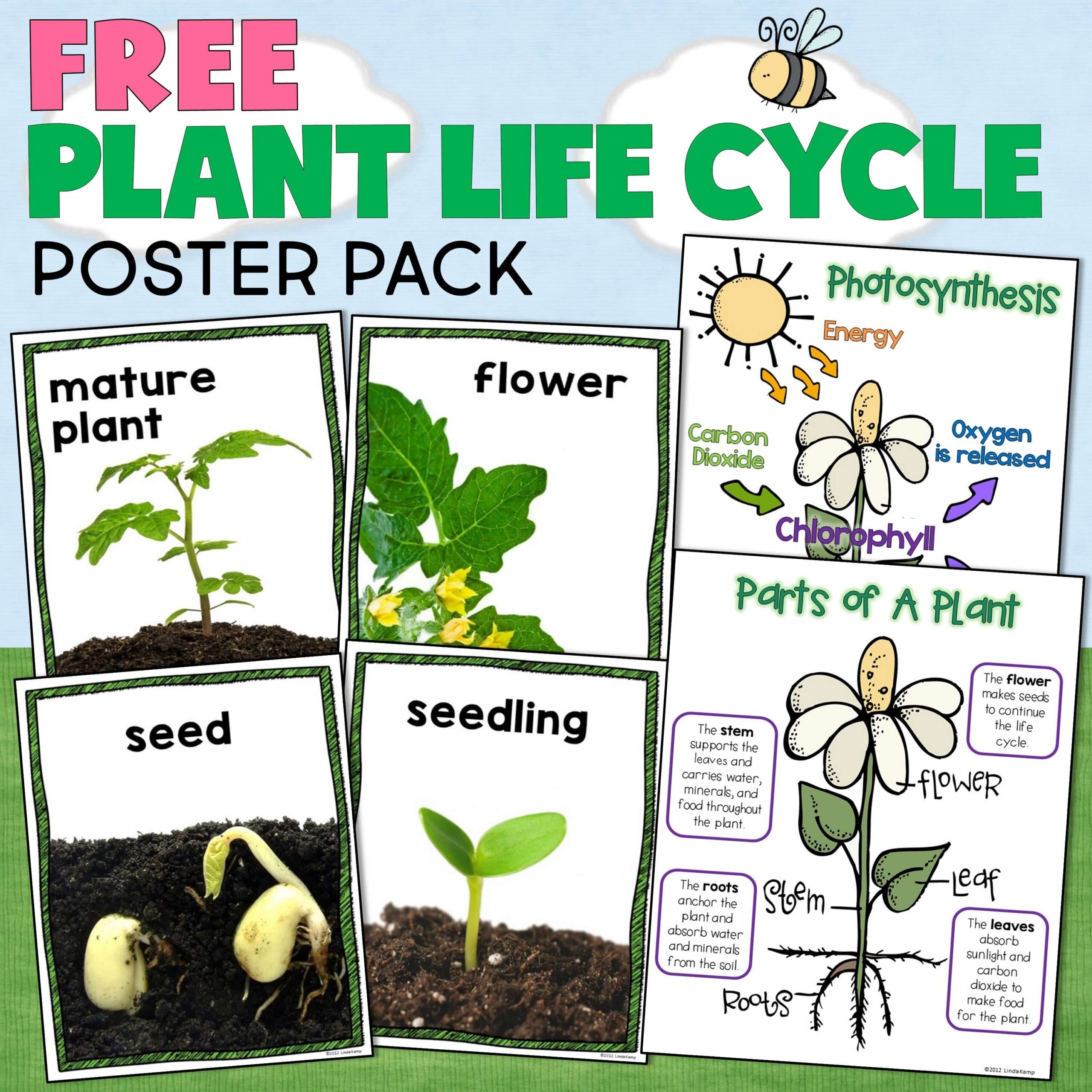
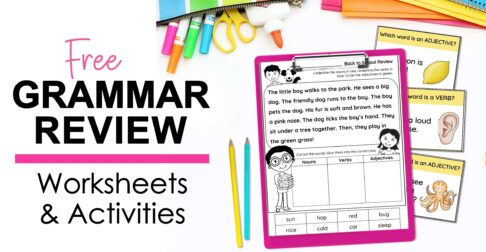
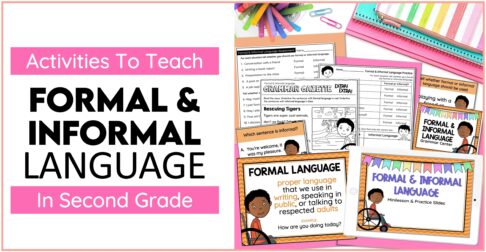


I would love to get your free grammar assessment kit but my district blocks your website. Would you be willing to send me the set at chris.ryan@gcisd.net?
Thank you!